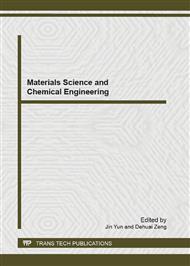p.426
p.432
p.436
p.440
p.445
p.450
p.457
p.467
p.470
Crystalline Defects in Silicon Wafer Caused by Prolonged High-Temperature Annealing in Nitrogen Atmosphere
Abstract:
A floating zone (FZ) silicon wafer produced from a Czochralski (CZ) single-crystal ingot was subjected to prolonged annealing at a high temperature. Precipitates were formed in a N2(70%)+O2(30%) ambient atmosphere. The precipitate regions manifested themselves as dark concentric rings in the X-ray topographs. According to the results of cross-sectional transmission electron microscopy observations and energy-dispersive X-ray spectroscopy elemental analyses, nitrogen was distributed throughout the precipitate regions, while oxygen was rich in the periphery of the regions. A high concentration of nitrogen was also directly detected by secondary ion mass spectrometry in the mid-depth of the wafer in the precipitate regions. Electron diffraction analysis of the precipitates showed that their phase was α-Si3N4.
Info:
Periodical:
Pages:
445-449
Citation:
Online since:
May 2013
Keywords:
Price:
Сopyright:
© 2013 Trans Tech Publications Ltd. All Rights Reserved
Share:
Citation:


